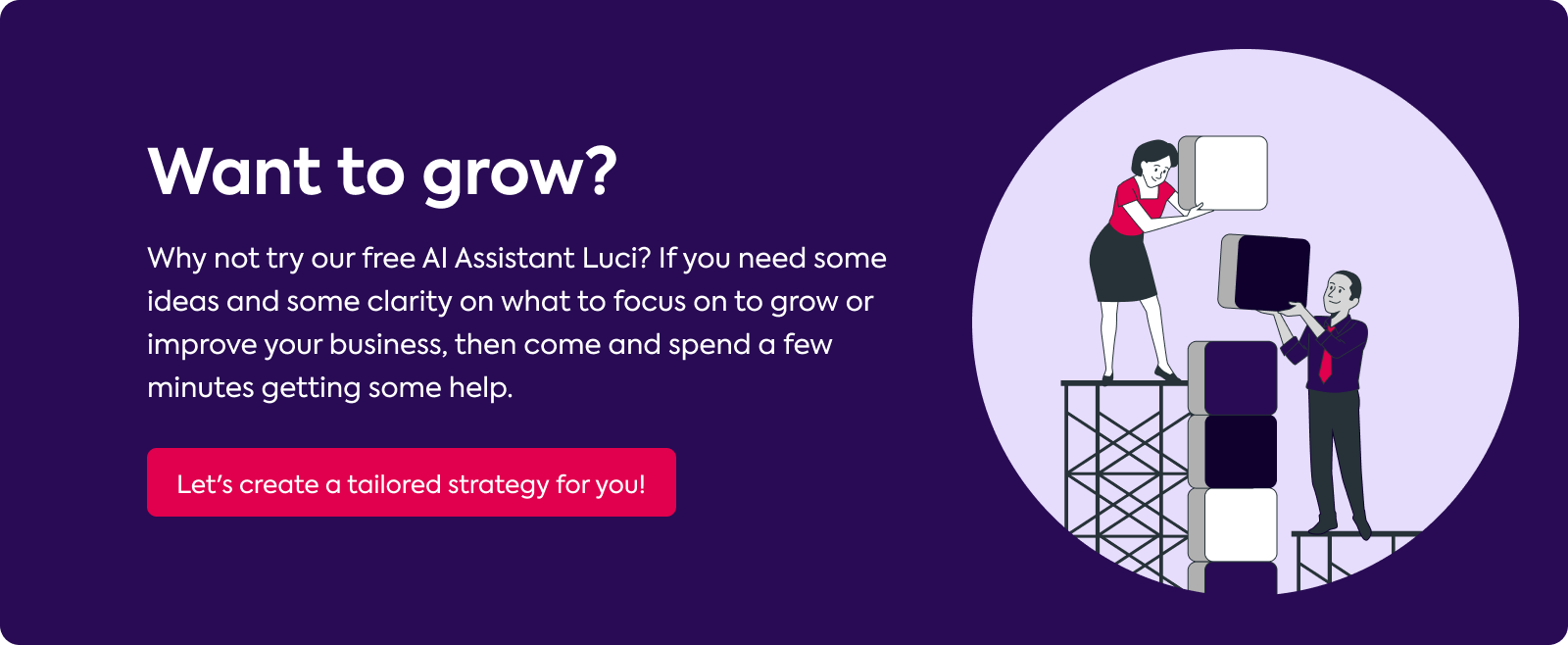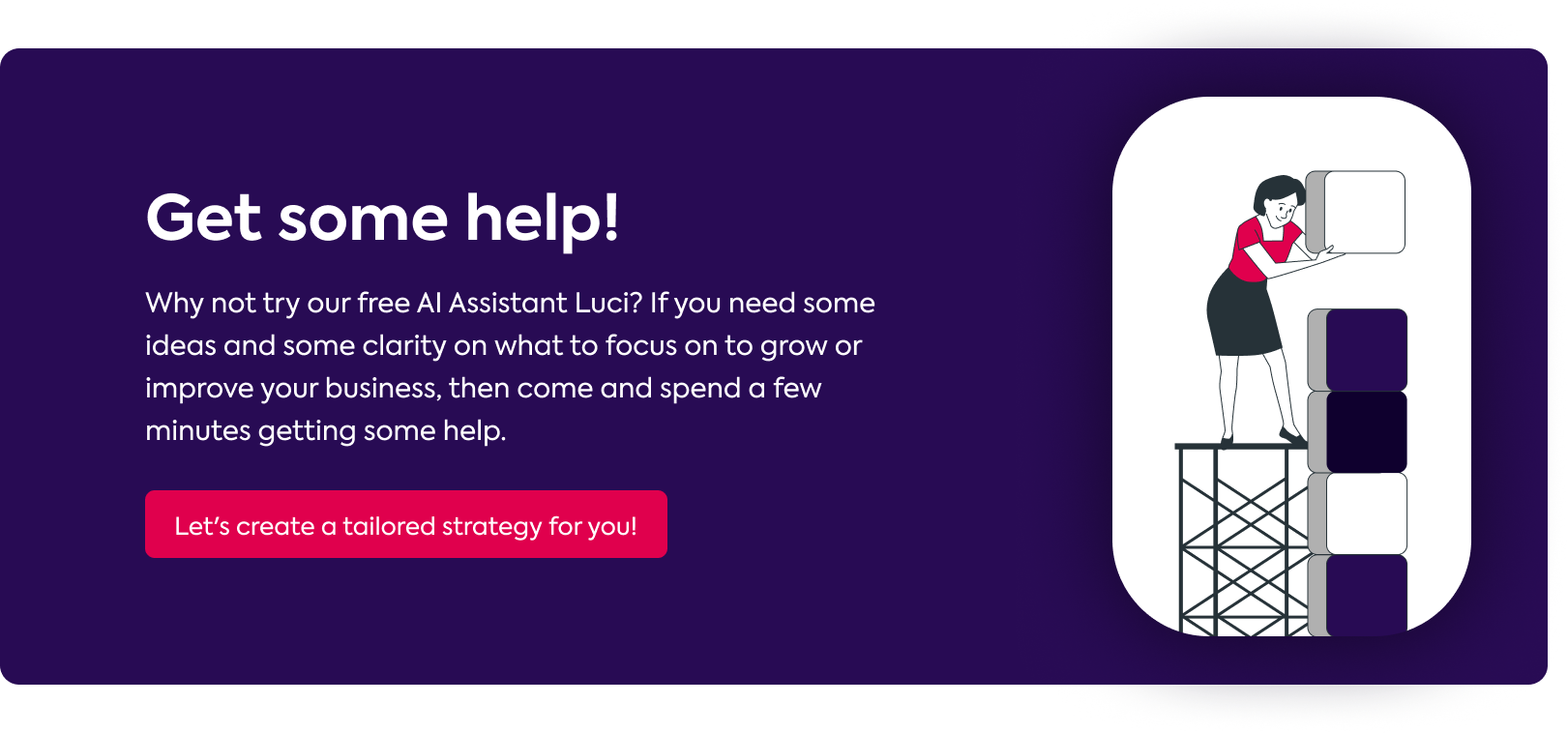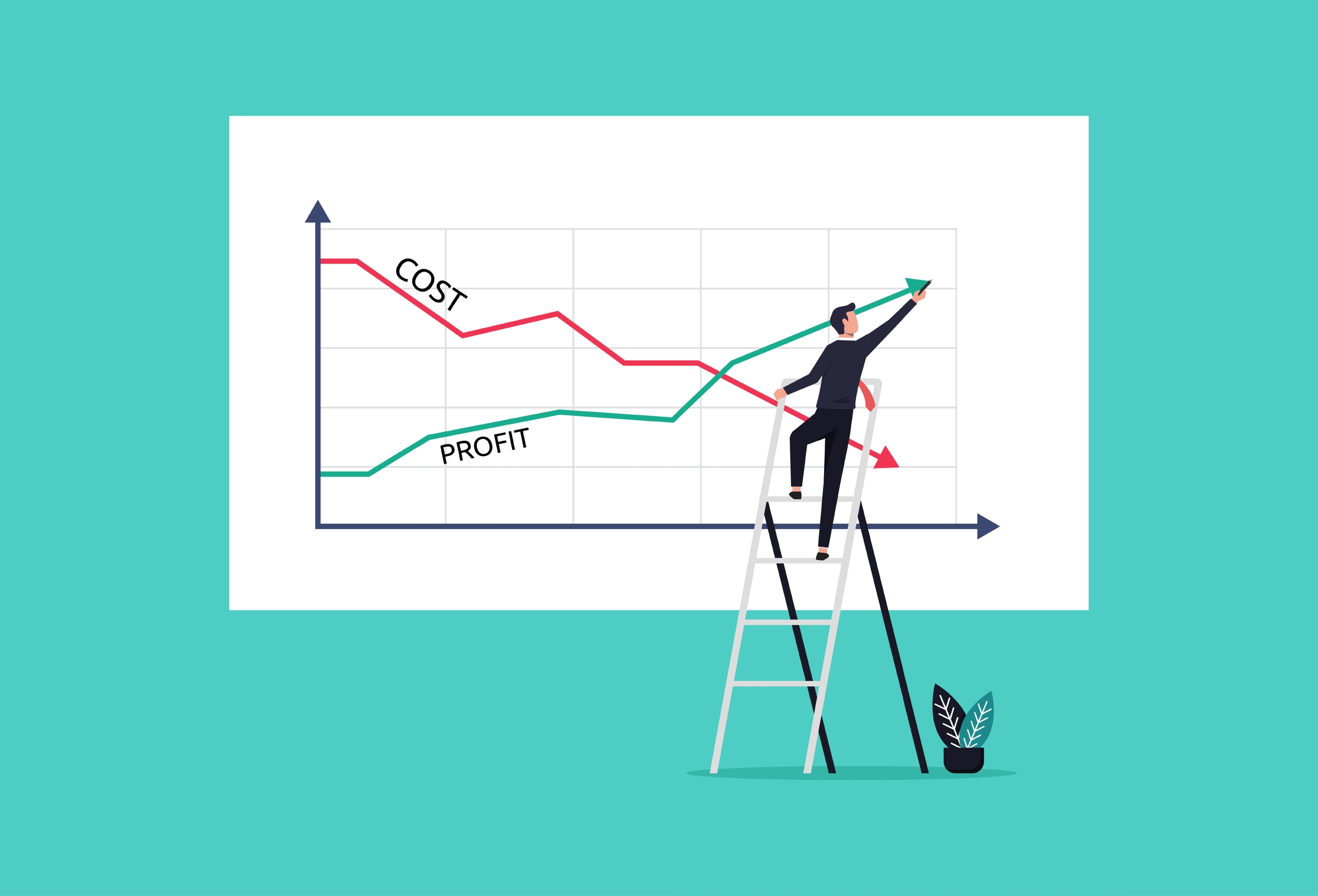Different companies approach markets in different ways. Look at Aldi vs Waitrose in the UK, or Trader Joes vs Whole Foods in the US. It’s healthy for markets to have alternative and competitive strategies as well as different approaches. Porter’s Generic Strategies helps you classify these approaches into four categories.
What are Porter’s Generic Strategies?
Porter identified 4 generic strategies that can be used to both classify company behaviour and drive company behaviour.
They’re all around gaining a competitive advantage. So, if you’re currently looking at your strategy then reminding yourself of the generic strategies can be very useful if you want to achieve market share growth.
The four strategies are called:
- Cost Leadership Strategy
- Differentiation Strategy
- Cost Focus Strategy
- Differentiation Focus Strategy
You’ll see right away that the strategies have shared qualities. Read through each definition as it’s not always clear – for example, Cost Focus does not mean an emphasis on the cost advantages to the market.
What is the Cost Leadership Strategy?
The Cost Leadership Strategy is where a business focuses on reducing the cost to deliver the products or services to a customer. This ensures you’re more profitable and thus can add shareholder value or invest in other parts of the business strategy.
There are a number of factors to consider when you’re going for Cost Leadership:
- What impact will the drive down on costs have to your customers and employees?
- Is it maintainable as you scale?
- How will you reinvest the additional profits of the business?
- How will you produce the lowest cost delivery vs your competitors?
- Will any of the saving be passed on to customers?
- Can you maintain your position as the lowest cost, or will competitors catch up?
It may be helpful to bring in the Five Forces analysis of your marketplace for this strategy and consider the Supplier and Buyer powers.
When looking at the Cost Leadership Strategy you should review:
- Your current suppliers and their costs
- Technology and innovations that can reduce your processes
- Process speed and efficiency
- Your people cost and their progression
- Your management team skills – detail, process driven, analytical and financial are required attributes of the team
When done well the Cost Leadership Strategy opens up several options to companies:
- Increasing your profit margins by maintaining your current cost
- Resisting price increases when competitors are forced to do so
- Reducing the price to become more competitive
- Investing the profits into diversifying your business, automation for further cost reduction, or shareholder value
Examples:
- Aldi market entry
- IKEA (at least initially)
- McDonalds
Remember: Cost Leadership is a long term strategy – if you stop focusing on it, cost will start to creep back into the business in ways that were not required. Read more in our Guide to Strategic Cost Reduction.
What is the Differentiation Strategy?
The Differentiation Strategy is where a business focuses on differentiating its products or services from competitors. This focused strategy has a wide spectrum from full product diversity to unique product features within a core product.
There’s a number of factors to consider when you’re going for Differentiation:
- How mature is the market your product or service operates in?
- What is the history of competitor innovation?
- What does your customer feedback suggest?
- Is your company setup to take advantage of new features with strong marketing?
- Why do you currently win or lose sales deals?
- How do you currently research the market and requirements?
- Your management team skills – creativity, outward thinking, market expertise are required attributes
If you’re looking at the Differentiation Strategy then it’s helpful to also look at the Ansoff Matrix and the 4Ps of Innovation.
When looking at the Differentiation Strategy you should review:
- Your current product or service portfolio
- Your competitors and their portfolio
- Trends within customer feedback
- Current resources and effort to innovation
- Cost of resource
- Any M&A activity observed within the market including if there is an opportunity for you
- Map your 4Ps against your current setup
When done well the Differentiation Strategy opens up several options to companies:
- Enter new markets to diversify revenue
- Grow existing revenue streams with upsells or by winning more deals
- Grow existing revenue by price increases
- Opening up marketing channels with news about features or products
- Building a community within your customer base around new features
- Increasing loyalty of customers by delighting them
Examples:
Porter developed a way to evaluate if a market is worth diversifying into using three tests – you can read more in our guide to Porter’s Three Tests.
Remember: Differentiation as a strategy can open you up to risks – make sure your BAU revenue is well protected and you do not get distracted. In Differentiation the work you do today is as important initially as the work for tomorrow.
What is the Cost Focus Strategy?
The Cost Focus Strategy is an evolution of the Cost Leadership Strategy.
As the name suggests, there are two aspects to this business strategy. The “Focus” refers to when a company focuses on a niche market, either by industry or geography, and becomes the expert in delivering for that industry. The “Cost” refers to the company producing the product or service for an aggressive cost to them, much like the Cost Leadership Strategy we discussed earlier.
In addition to the factors from Cost Leadership, you should consider the following:
- How big is the niche market you’re operating in or working towards?
- Can you provide the product or service at a cheaper cost than the competition?
- Can you maintain the quality required to be leader in the niche market?
- What is the level of cost per customer to become the leader within this market?
This strategy has all the benefits of Cost Leadership while also providing additional options:
- Becoming thought leaders within an industry
- Opening up partnerships with other companies in the same industry
- Providing a level of credibility to your overall company story
- Generate customer loyalty by becoming the single trusted provider in the industry
Remember: You can’t have a Cost Focus Strategy without focusing on the Cost! Follow our guide to Strategic Cost Reduction.
What is the Differentiation Focus Strategy?
The Differentiation Focus Strategy is an evolution of the Differentiation Strategy. As with Cost Focus, there are two aspects – one focusing on the Differentiation aspect of the strategy while the other highlighting the fact the business is entering a niche marketplace.
In addition to the factors from Differentiation, you should consider the following:
- How big is the niche market you’re operating in or working towards?
- Does the market lend itself to differentiation?
- What is the size of the market vs the investment required to differentiate?
- What new features or products will make you successful?
This strategy has all the benefits of Differentiate while also providing additional options:
- Cross-selling between customers within markets
- Changing the market or customers by replacing products
- Innovating additional services to sell as auxiliary products
Remember: Differentiate Focus is hard in a mature marketplace – investigate your competitor products and customer feedback before deciding on this approach. Consider running both Five Forces and Porter’s Three Tests on the new marketplace.
Are Porter’s Generic Strategies mutually exclusive?
Yes & No! It’s possible to run multiple strategies in parallel if you organise the business correctly. For example, when you apply Porter’s generic strategies your core product might be Cost Focus, while your future business is Differentiation. This means your overall strategy is the latter. It would not work if you attempted to be a Cost Leader and Differentiation in your core product or service.
Can different company departments use Porter’s Generic Strategies?
Porter’s Generic Strategies are designed for businesses. However, departments can use them within their own strategy. Most notably a Product Strategy can take the form of one of the four generic strategies for a sustainable competitive advantage.
Can charities and non-profits use Porter’s Generic Strategies?
Although originally designed for use by companies, there’s no reason a non-profit can not take advantage of the generic strategies. For some more reading on charity strategy check out our guide to creating a charity fundraising strategy.
Who invented the Generic Strategies?
Michael Porter developed his Generic Strategies in a 1985 paper entitled Competitive Advantage: Creating and Sustaining Superior Performance.
What other strategy frameworks has Michael Porter developed?
Michael Porter is one of the most influential strategy researchers. He contributed numerous academic frameworks commonly used across the world. For another one of his frameworks look at our introduction to Porter’s Five Forces.
















